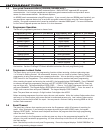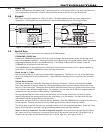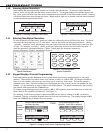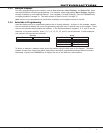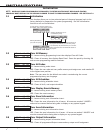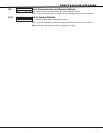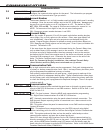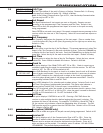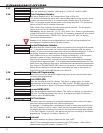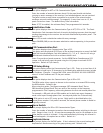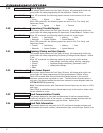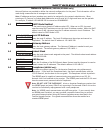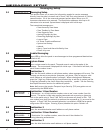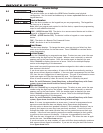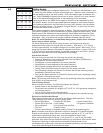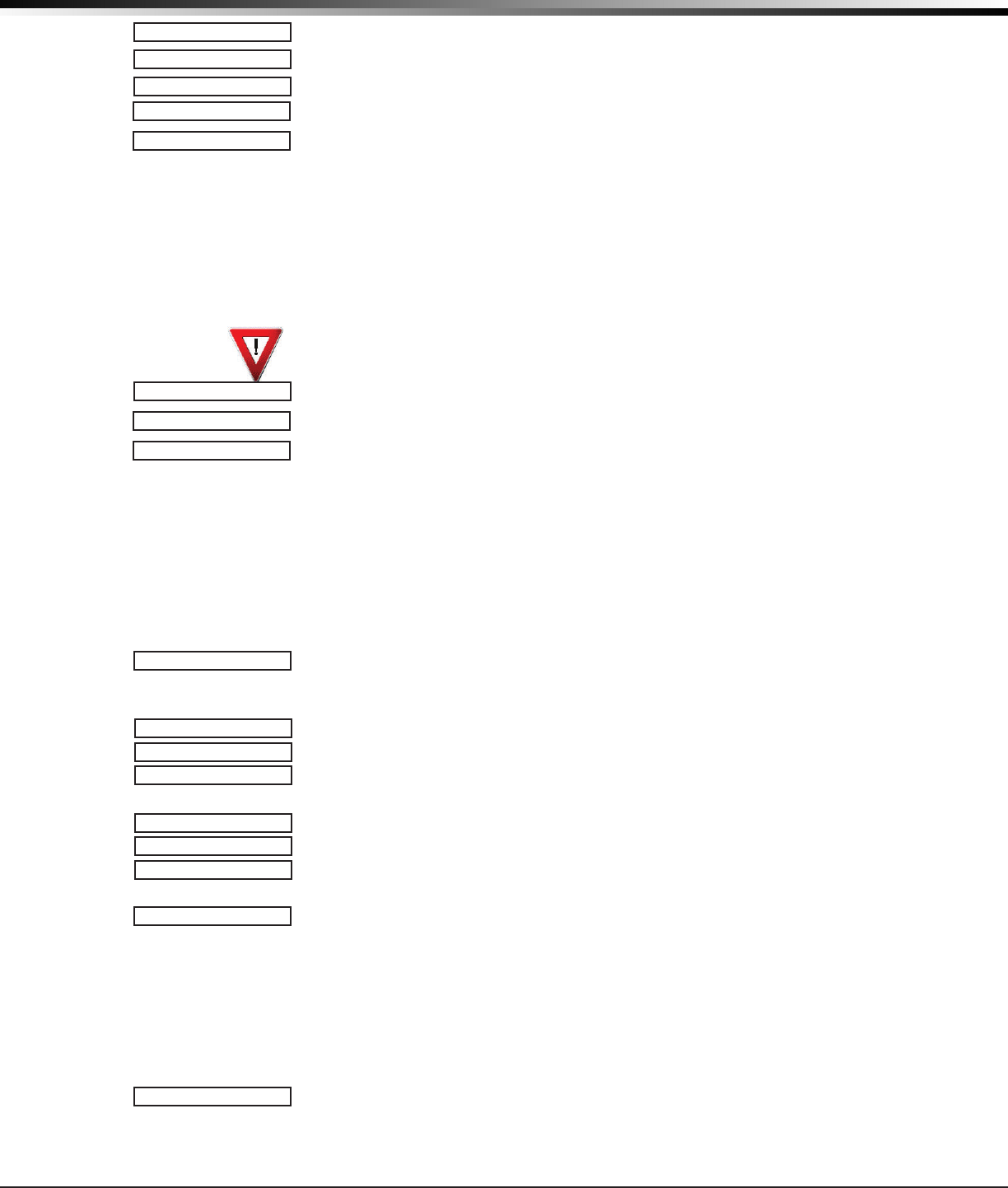
Digital Monitoring Products XR500 Series Canadian Programming Guide
10
CommuniCaTion
3.15
RECEIVER PORT -
Receiver Port
2001
Enterthereceiverportnumber.Validrangeis1to65,535.Defaultis2001.
3.16
FIRST PHONE NO.
First Telephone Number
This option displays only if the Communication Type is DD or CID.
Thisistherstnumberthepaneldialswhensendingreportstothereceiver.Phone
numberscanhavetwolinesof16characterseachtoequalupto32characters.
EnterPtoprogramathree-secondpauseinthedialingsequence.ThePcharacter
counts as part of the 32 allowable characters.
EnterRastherstcharacterforrotary(pulse)phonefunction.TheRcharacter
counts as part of the 32 allowable characters.
Call Waiting: You can place the “*70P”(Star,Seven,Zero,Pause)inthetelephone
numberrstpositiontocancelCallWaiting.For example, program NET with second
lineDDandphonenumber*70P555-1212,andyouhaveNETwithCallWaiting
cancelled on the second line.
Caution:Acallwaitingcancelprogrammedonanon-callwaitingtelephoneline
would prevent communication to the central station.
3.17
SECOND PHONE NO.
Second Telephone Number
Thepaneldialsthesecondnumberwhentwosuccessivetriesusingtherstnumber
fail. If the panel cannot reach the receiver after two attempts using the second
number,itreturnstotherstnumberandmakestwoadditionalattempts.Atotalof
tendialingattemptsaremadeusingtherstandsecondphonenumbers.
Each number can be up to 32 characters in length in cluding any P or R char acters
entered for pause or rotary connections or call waiting cancel option.
Should all ten attempts fail, the panel continues to attempt sending the message
using the next programmed path. If all programmed communication paths fail, the
panel clears the communication buffer and makes one communication attempt each
hourtosendaTRANSMITFAILED(S87)reporttothereceiver.AccesstheUserMenu
Display Events feature to view the report information not sent to the receiver or
downloadthereportwithDMPRemoteLink™software.
3.18
ADVANCED? NO YES
Advanced Programming
Select Yes to enter the Advanced Programming menu for the communication path
currently being programmed.
3.19 First GPRS APN
EntertherstAPN(AccessPointName).Thisallowsanaccesspointforcellular
communication and is used to connect to a DNS network. The APN may contain two
linesof16characterstoequal32characters.DefaultissettoSECURECOM400.
Second GPRS APN
EnterthesecondAPN(AccessPointName).Thisworksasabackupincasetherst
APNfails.TheAPNmaycontaintwolinesof16characterstoequal32character
DefaultissettoSECURECOM400.
3.20
FAIL TEST HRS: 0
Fail Test Hours
This option sets the frequency for a Backup or Adaptive path to send a test report
when the closest previous path fails within its path group.
For example, if a backup path is programmed to send a weekly test report and the
Fail Test Frequency is set to 2 hours, when the previous path fails within its group,
the backup path starts sending a test every 2 hours until the previous path restores.
If Fail Test Frequency is set to 0, test reports are sent only according to Test Report
programming. Range is 0 to 24 hours. Default is 0.
3.21
PROTOCOL: TCP
Protocol
This option displays only when Communication Type is NET.
Select TCP to communicate over the network using TCP protocol. Select UDP to
communicate using UDP protocol. Default is TCP.
SECURECOM400
-
FIRST GPRS APN
SECURECOM400
-
SECOND GPRS APN



